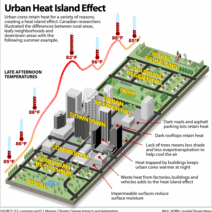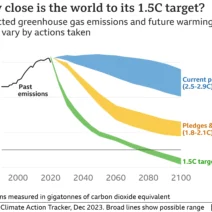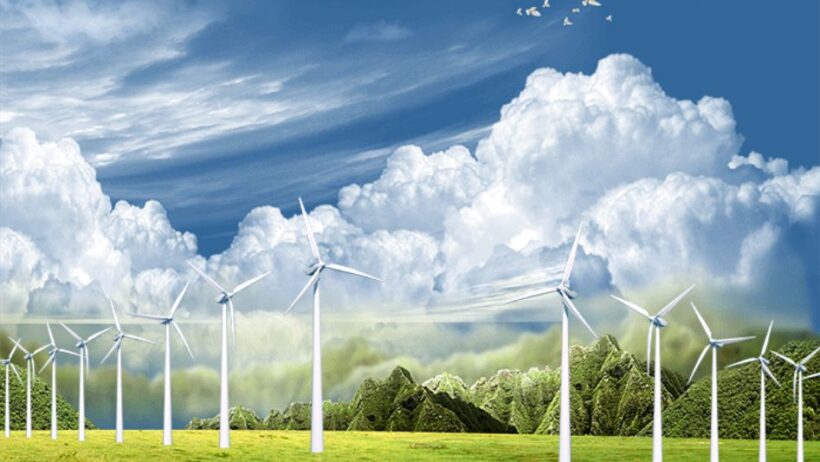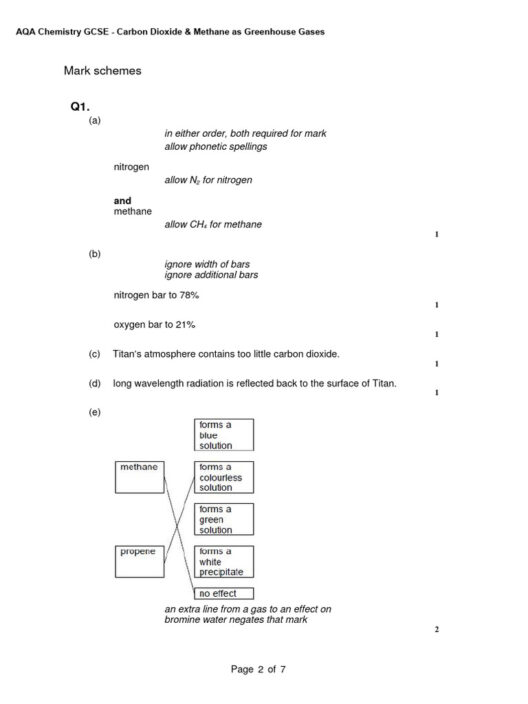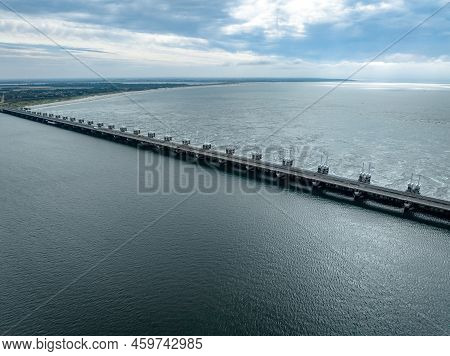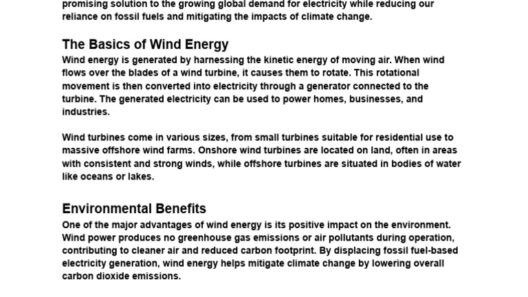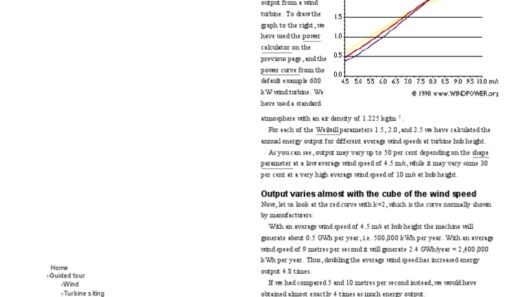Wind energy is a burgeoning sector in the realm of renewable resources, promising a cleaner future while also presenting certain challenges. It harnesses the natural movement of air to generate electricity, contributing to efforts in mitigating climate change. Yet, as with any energy source, a balanced examination reveals both advantages and disadvantages that invoke a nuanced dialogue. Understanding these intricacies is paramount as we navigate the future of energy production.
Wind power is characterized by its remarkable ability to convert natural forces into usable electrical energy, resulting in a striking aesthetic appeal as elegant turbines grace the skyline. These tall, sleek structures not only capture the wind’s invisible currents but also symbolize a commitment to sustainability. However, operational realities come to the fore amid their idyllic portrayal. What unfolds when we delve deeper into the advantages and disadvantages posed by wind energy?
The soaring benefits are undoubtedly enticing, but an in-depth analysis also uncovers notable limitations. A comprehensive exploration is essential for fostering informed discussions about the growing dependence on wind power.
The Alluring Advantages of Wind Energy
Among the plethora of benefits, the most striking characteristic of wind energy is its status as a renewable resource. The wind is inexhaustible—empowered by the Earth’s intricate climatic systems. Unlike fossil fuels, which produce greenhouse gases, wind energy generation emits negligible carbon pollution during operation. This crucial factor positions it as a formidable ally in the global fight against climate change.
Furthermore, wind energy embodies economic potential. As installations proliferate, wind turbine technology has become increasingly affordable, capitalizing on advancements that bolster efficiency. This has engendered job creation in manufacturing, installation, and maintenance sectors, contributing to local economies. As communities invest in wind projects, they reap both monetary and employment boons, creating a symbiotic relationship where economic vitality and sustainability coalesce.
Additionally, wind energy offers augmented energy independence. By reducing reliance on imported fuels, nations can bolster national security and enhance energy resilience. The decentralized nature of wind farms means energy can be generated closer to where it is consumed, effectively diminishing transmission losses and creating more localized energy grids.
The Ecological Perspective: A Minimal Footprint
Aesthetically and environmentally, wind farms can sometimes blend harmoniously into their surroundings, transforming the landscape into a canvas of sustainable energy generation. These installations, while commanding attention, can coexist with agricultural functions, allowing for land use diversification. The coexistence of aesthetic appeal and utility portrays a dual function that invites both admiration and practicality, thus enhancing their value to rural communities.
The Limitations of Wind Energy: A Candid Reflection
Furthermore, the construction of wind farms can have localized ecological impacts. The siting of turbines can disrupt wildlife habitats and migratory patterns, presenting challenges for avian species who encounter the towering structures during their flights. Environmental concerns, therefore, arise, sparking debates over the balance between renewable energy generation and wildlife conservation.
No less significant are the aesthetic and noise-related concerns tied to wind turbines. While some view the whirling blades as a modern marvel, others perceive them as visual intrusions. The auditory din produced can be bothersome, especially for those who reside in proximity to wind farms. This socio-environmental tension fosters opinions that diverge, revealing a dichotomy of perception regarding the virtue of wind energy projects.
Economic Viability and Initial Investment
The initial capital required to establish wind energy infrastructure can be substantial. Though long-term operational costs are favorable, the upfront investment can deter stakeholders. Financing challenges may hinder smaller communities or developing regions from harnessing this renewable resource. Thus, while the incentives of wind energy whisper promises of sustainability, the economic discourse is often clouded by initial expenditures.
Conclusion: A Paradox of Potential
In the quest for cleaner energy solutions, wind power presents both compelling advantages and formidable challenges. Its defining traits—renewability, economic potential, and minimal emissions—paint it as a key player in a sustainable future. Yet, the intermittent supply, environmental impacts, aesthetic dissonance, and financial barriers demand holistic considerations in energy policy and planning.
As society stands at a crossroads between conventional fossil fuels and renewable energy, the conversation surrounding wind energy must remain vibrant and ongoing. Engaging various stakeholders, from policymakers to communities, is crucial in fostering a conducive environment for innovation. Embracing the paradox of potential, while recognizing both the benefits and limitations, shapes a balanced narrative for the future of wind energy. It is through this earnest exploration that we can equip ourselves with the understanding needed to champion a sustainable world.
